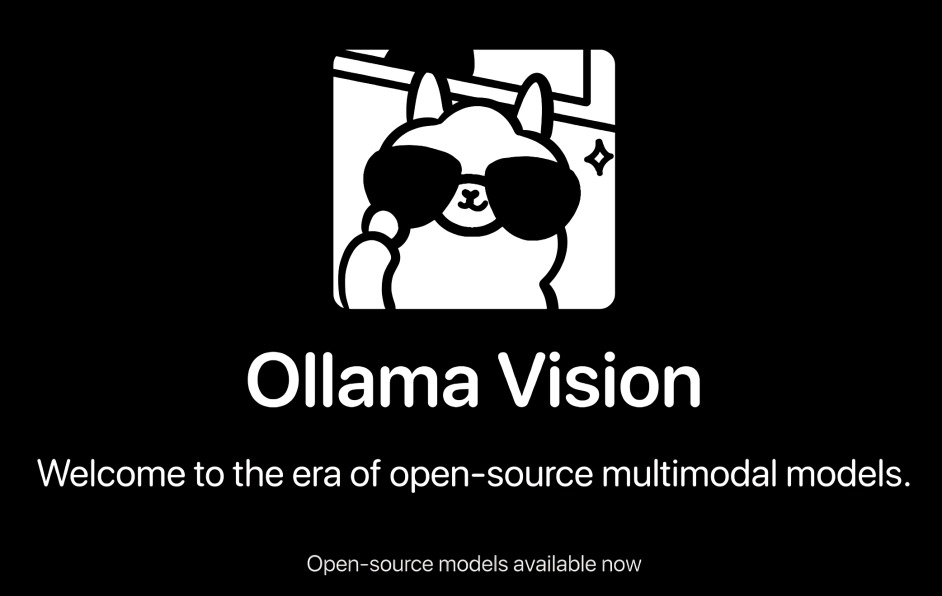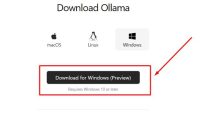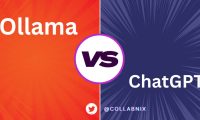Understanding AI Models in Ollama: Types and Their Uses
-
Penulis : adityo
- Tanggal :
- Tag : Local LLM

First Things First: What is an AI Model?
When we talk about AI (Artificial Intelligence), what we’re actually using is an AI model.
An AI model is like the “brain” that has been trained with data so it can understand language, answer questions, write text, or even help us think through problems.
Each model has its own characteristics and use cases. Some are fast and lightweight, others are better at reasoning, while some are specialized for tasks like working with documents.
With Ollama, you can try out different AI models locally on your computer without relying on cloud services.
Popular AI Models Available in Ollama
Here are some of the most commonly used models in Ollama and what they’re good for:
1. LLaMA (Meta AI)
- Developed by Meta (Facebook).
- Great for general conversation, text generation, or daily assistance.
- Comes in versions like LLaMA 2 and the newer LLaMA 3.
Use Case: A solid open-source alternative to ChatGPT, perfect for personal assistants or general chatbots.
2. Mistral
- Open-source model from Mistral AI.
- Known for being lightweight, fast, yet still powerful.
- Runs well on mid-range hardware.
Use Case: Good for answering questions, writing, and real-time applications where speed matters.
3. Gemma (Google)
- Developed by Google.
- Designed for efficiency and easy experimentation.
- Can run on machines with limited RAM.
Use Case: Learning AI basics, building lightweight bots, or simple apps.
4. Phi (Microsoft)
- Small but very efficient model.
- Backed by Microsoft as an affordable and fast AI option.
Use Case: Ideal for simple chatbots or educational purposes.
5. DeepSeek
- A newer model gaining popularity for its strong reasoning and logical thinking abilities.
- Can handle more analytical tasks, not just casual chatting.
Use Case: Helpful for coding, data analysis, or as a logical assistant.
6. Nomic
- Specialized in embeddings (turning data into numerical representations).
- Often used in RAG (Retrieval-Augmented Generation) setups, where AI connects to your own documents or databases.
Use Case: Perfect for building AI that can answer questions based on internal documents, company knowledge bases, or personal libraries.
How to Choose the Right Model?
- For everyday conversations: LLaMA, Mistral.
- For lightweight devices: Gemma, Phi.
- For reasoning and coding: DeepSeek.
- For document-based AI: Nomic (embeddings).
With Ollama, running a model is as simple as typing a command:
ollama run llama2
ollama run mistral
ollama run deepseekRead Also:
For many people, artificial intelligence (AI) sounds complicated and only …

Adityo GW
I am currently working as a freelancer, involved in several website projects and server maintenance tasks.









